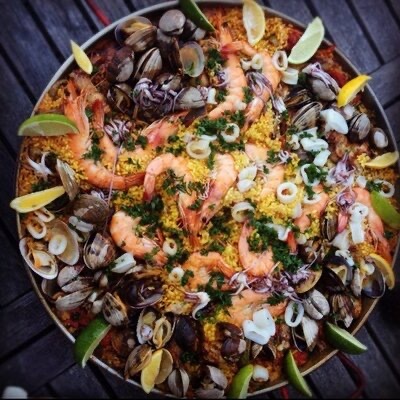We use cookies for analytics and to improve our site. You agree to our use of cookies by closing this message box or continuing to use our site. To find out more, including how to change your settings, see our Cookie Policy.
Norman 
The Sake Lab
Hatsuyume First Dream
Just had a taste of this since the Somm suggested this versus The Muni. Price was the same. I prefer the Muni personally and it’s the one I selected. This was nice but lighter and didn’t have the weight of the Muni. They are both good, just head to head I think I made the right call. — a month ago

Norman
This one read thin to me. It’s been better. — 4 days ago